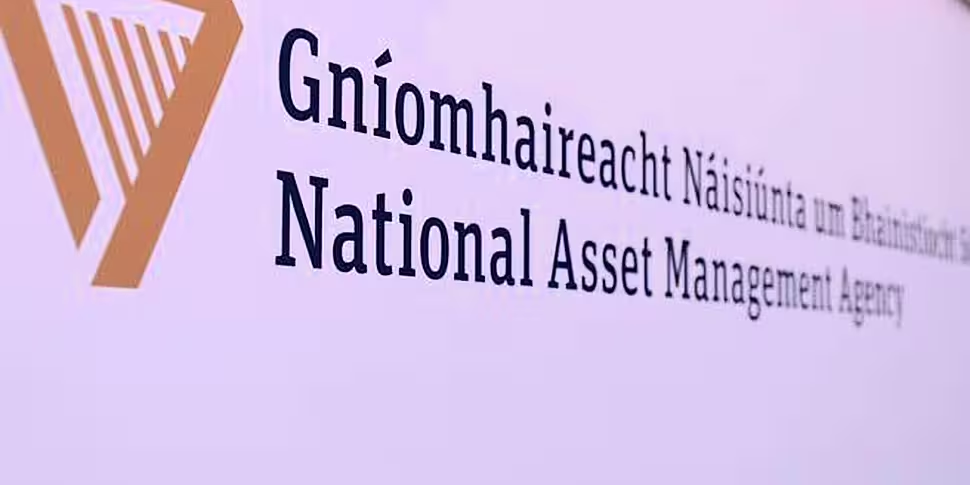The Government need look no further than the Public Accounts Committee to investigate, speedily and effectively, the principal criticism levelled against NAMA by the Comptroller and & Auditor General’s (C&AG) report, and NAMA’s vigorous contesting of this finding.
Boiled down, the Report finds fault with NAMA under two distinct headings:
1. The price it achieved in 2014 for the sale of more than 900 indebted property assets, principally located in Northern Ireland.
2. That it should have moved earlier to challenge the actions of Frank Cushnahan, the Northern Ireland-based businessman who sat on its Advisory Board in the North, and against whom significant conflict of interest and potentially more serious allegations have been made.
This second issue is a very serious one and is subject already to various parliamentary, regulatory and, indeed, criminal investigations.
At face value it is difficult to understand why NAMA didn’t intervene earlier when it learned from Mr Cushnahan that he was acting on behalf of other interested parties in Northern Ireland. This issue has already become the focus of political attacks on Finance Minister Michael Noonan and NAMA Chairman, Frank Daly....
But, the C&AG report does not suggest that this issue actually impacted on the price obtained by NAMA in 2014 for the Project Eagle loan portfolio. This was not the underlying reason for the report’s contention that the Irish taxpayer lost out to the tune of at least £190m (€224m) from the portfolio’s sale.
On this more fundamental issue, the report has three principal lines of attack:
1. That NAMA changed its previous policy of trying to maximise the return to the taxpayer by selling indebted properties and loans in smaller bundles over time in 2013, prompted by a proposal from the US investment fund, Pimco.
Following the approach, the agency decided to sell Project Eagle as quickly as possible and in one block.
2. That NAMA, in determining how to put an appropriate current value on the portfolio in 2013/2014 – as distinct from its future value – applied too high a discount to allow for the impact of inflation and business risk up to the year 2020.
NAMA applied a discount of more than 10%, while the C&AG argues it should have stuck to the lower discount of 5.5% it applied to previous loan sales.
Crucially, it is this technical argument as to which discount should have applied that underlies the C&AG’s key finding that a minimum value of £190m was lost on the sale of Project Eagle.
3. That NAMA, having decided to sell the portfolio of loans in one block and thereby having to apply a discounted value to their target price, conducted an overly restrictive and overly fast auction process.
This limited the number of possible buyers and the amount of time potential bidders were given to come up with a price. This decision, according to the C&AG analysis, may have also limited the price ultimately obtained for the portfolio.

Minister of State at the Department of Finance Eoghan Murphy (left) and Minister for Public Expenditure and Reform, Paschal Donohoe, speak in response to the Nama report. Picture by: Brian Lawless / PA Wire/Press Association Images
NAMA has hit back strongly. It points to the expert and independent advice it obtained at the time about the discount that should have applied to the potential future value of the loans. In its view, the C&AG relied on its own inexpert view that the 5.5% rate should have applied.
It argues that, apart from any other considerations, these loans linked principally to a motley collection of property assets in a provincial market such as Northern Ireland could not be valued in the same way as prior loans and properties sold by the agency in cities like London and Dublin.
And it stresses that the C&AG did not seek information from the NAMA or its advisers about its valuation methodology prior to publishing its report.
We have a major row here between two authoritative public bodies centred principally on highly technical issues of property valuation at a specific point in time.
The required assessment as to which body is right, or more right than the other, can be dealt with expeditiously by the Public Accounts Committee’s calling both bodies to account and by canvassing the views of non-aligned property experts.
No more expensive, convoluted, nor drawn-out examination is required to determine whether we taxpayers lost significant value, or not.
As for the Cushnahan and related criticisms; well, that’s a different matter.









